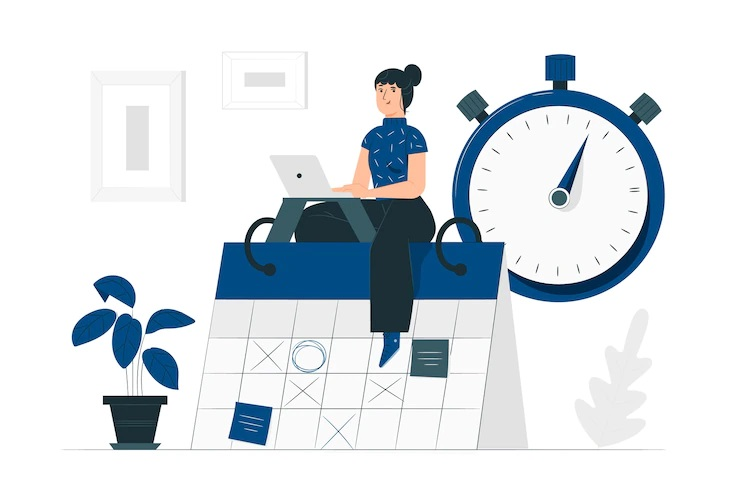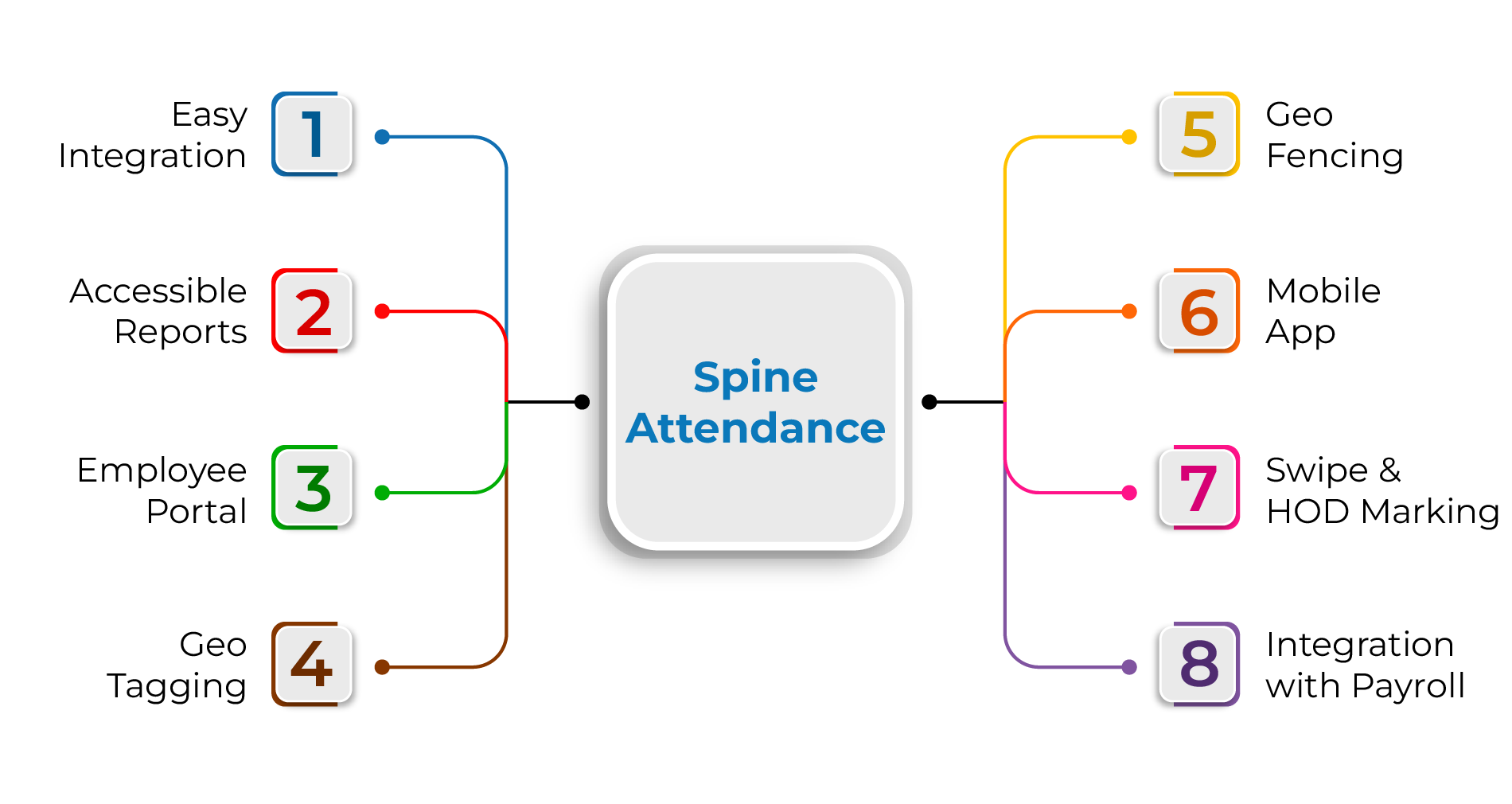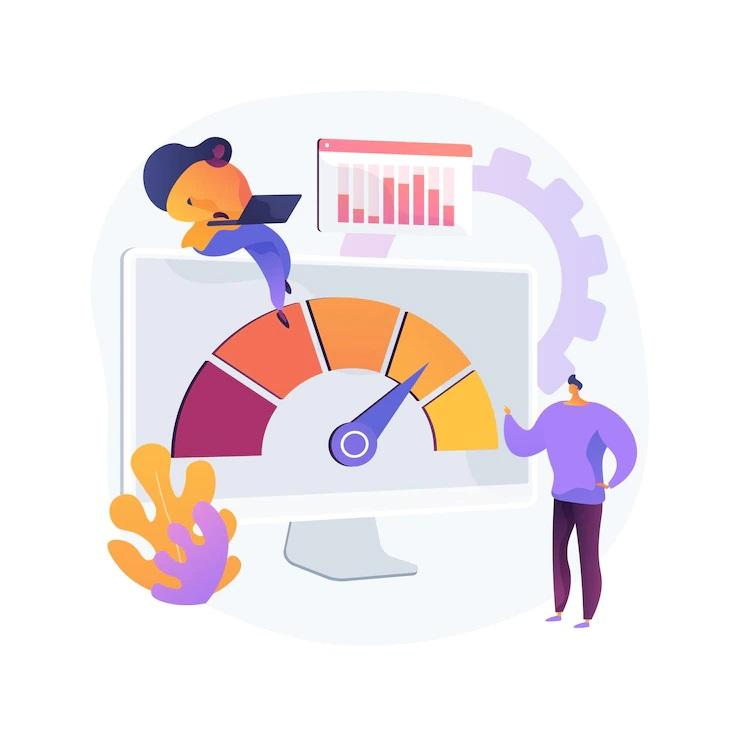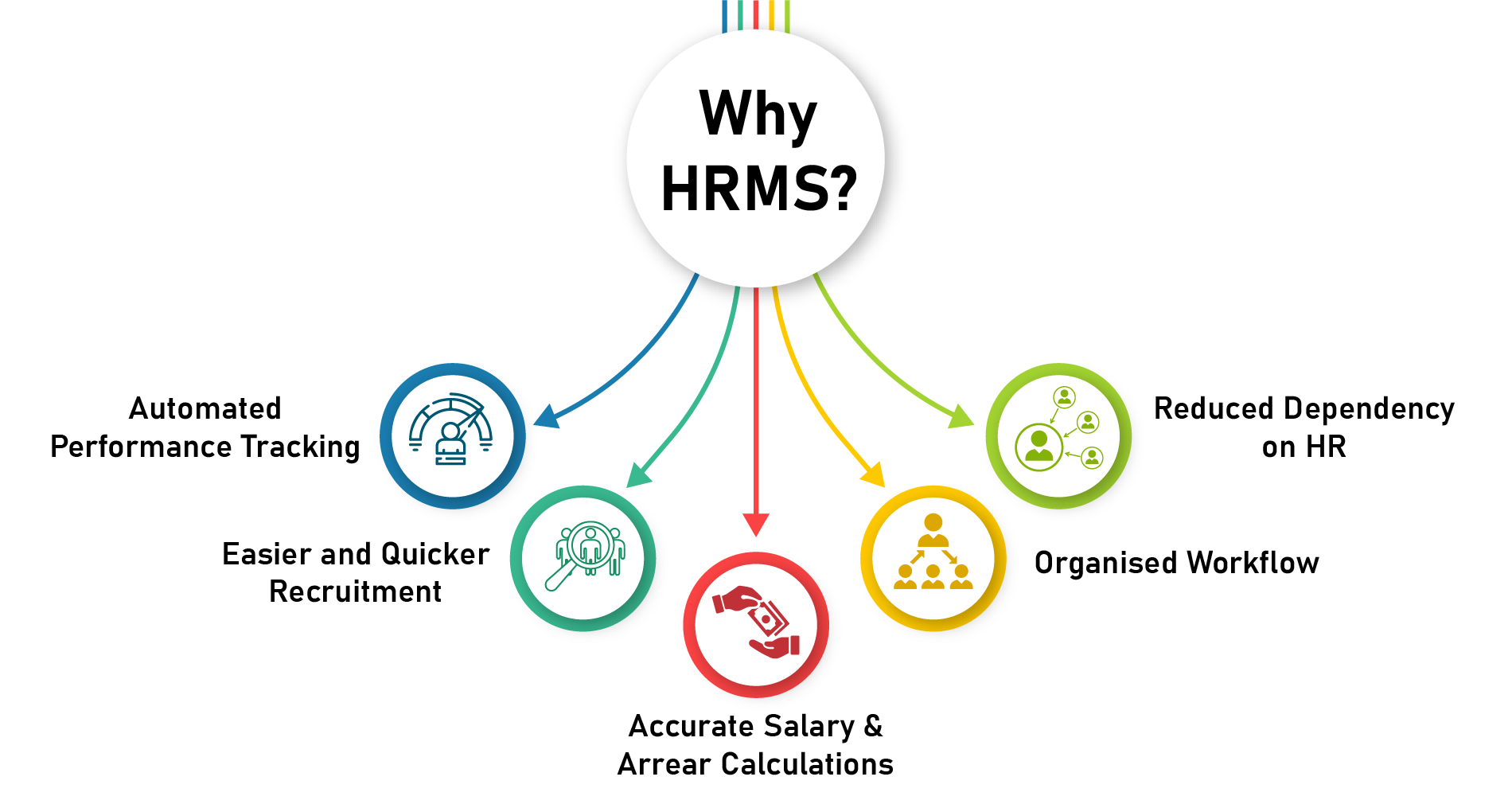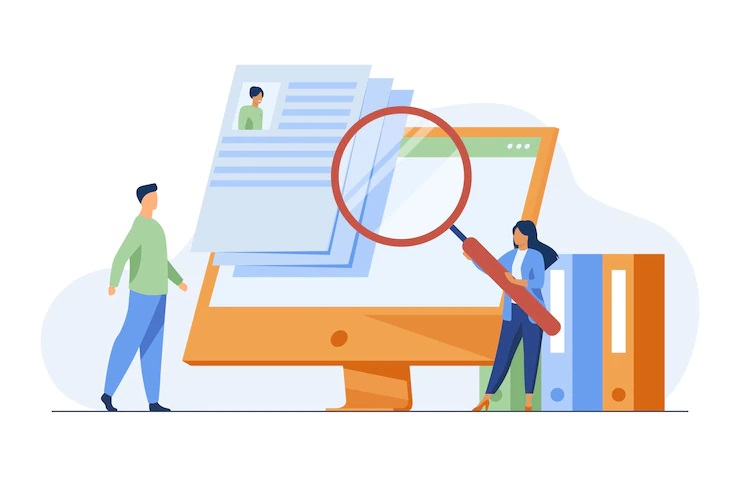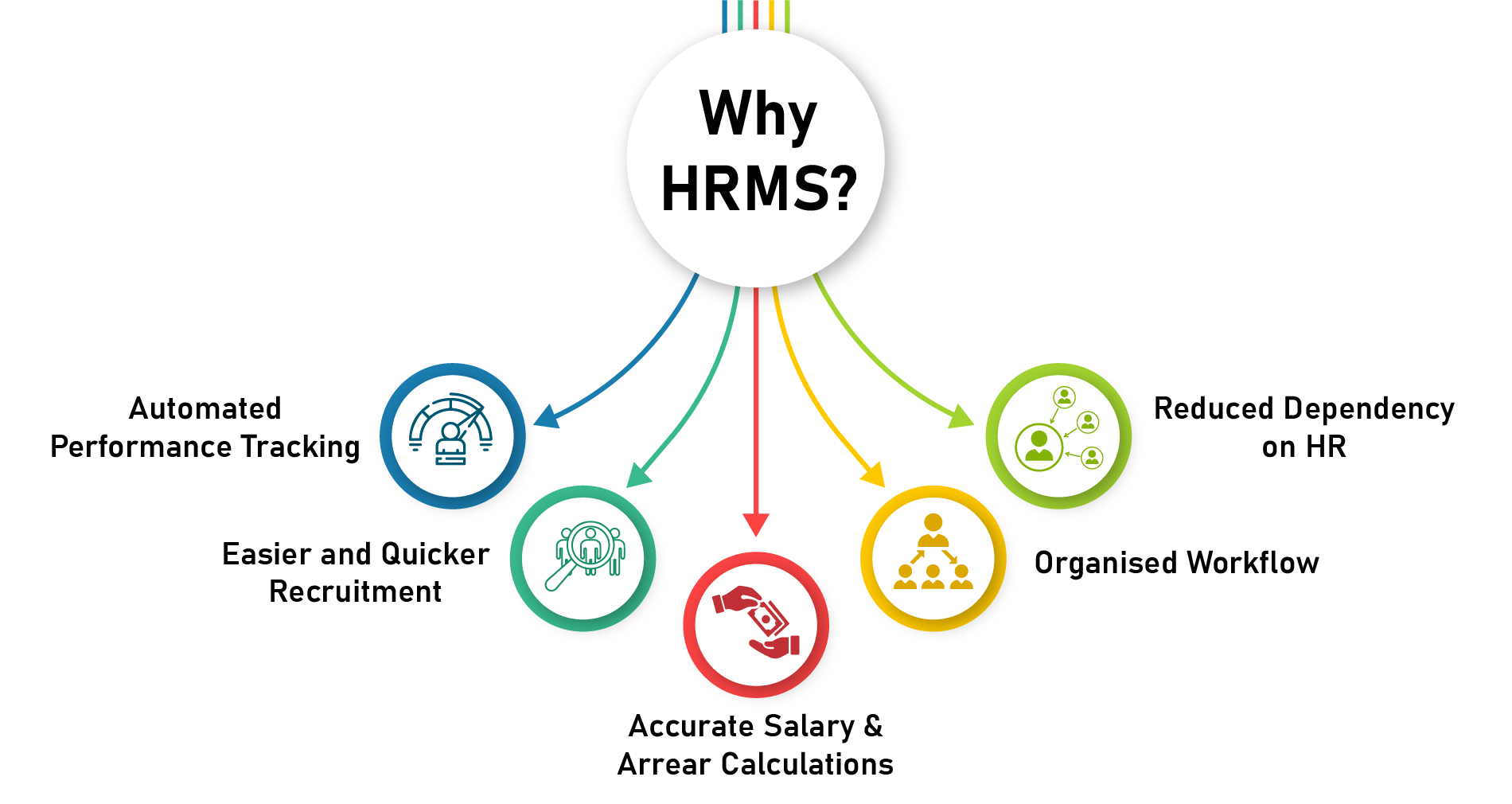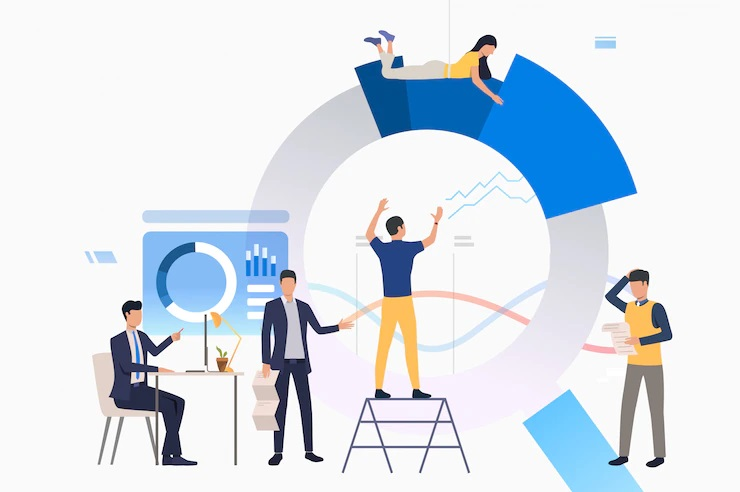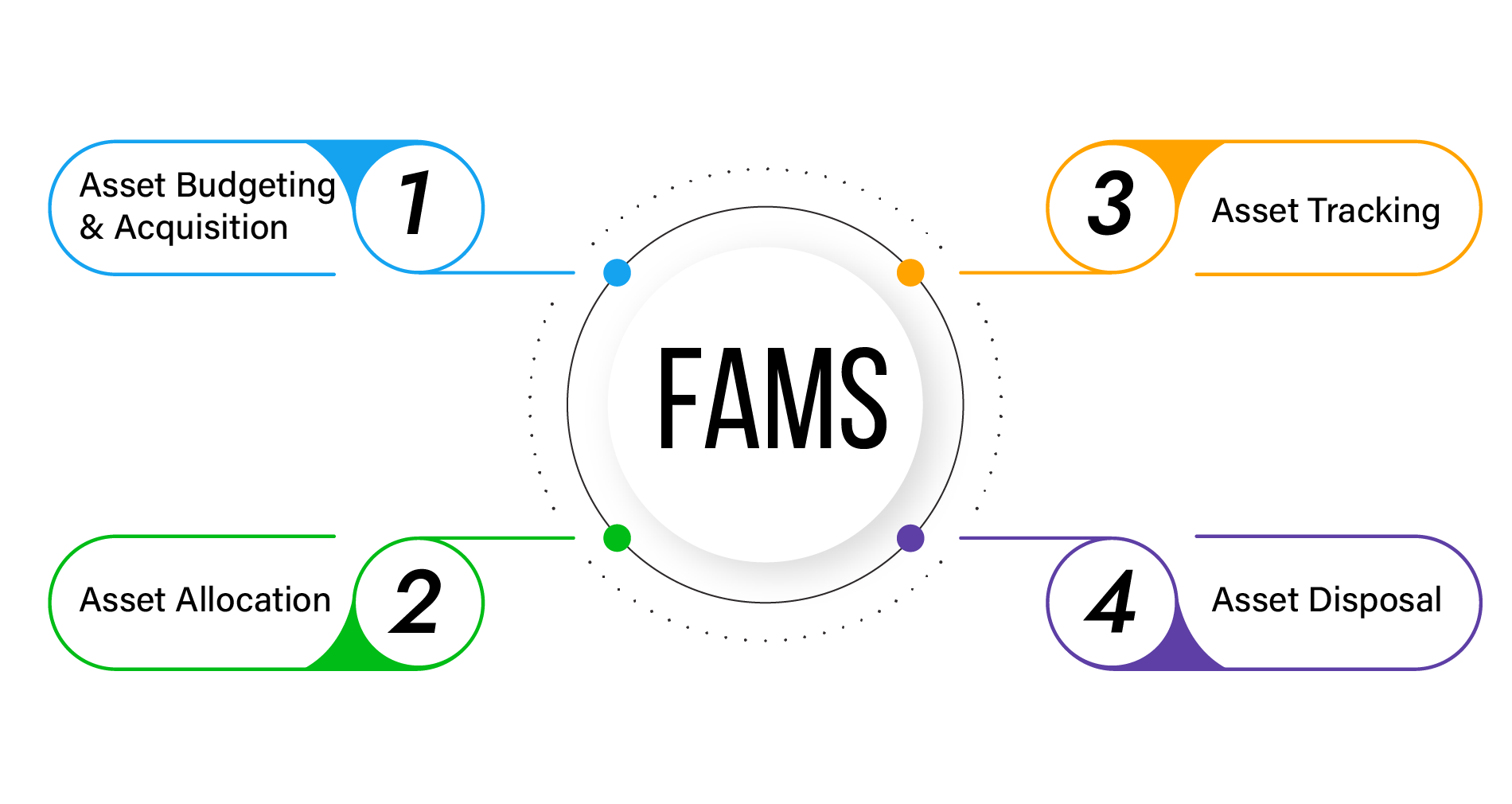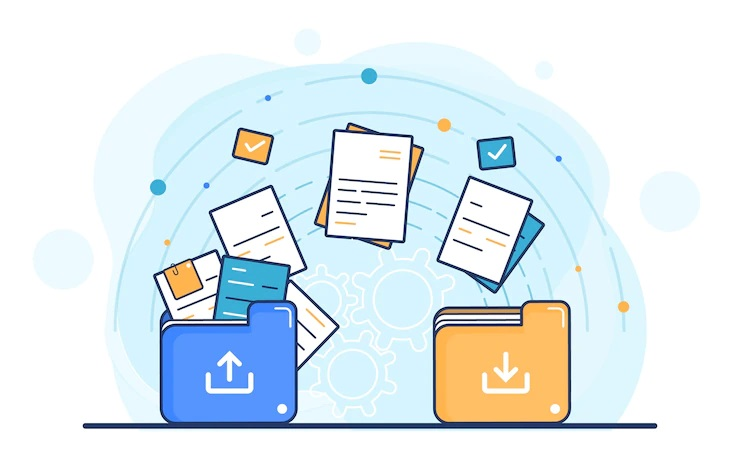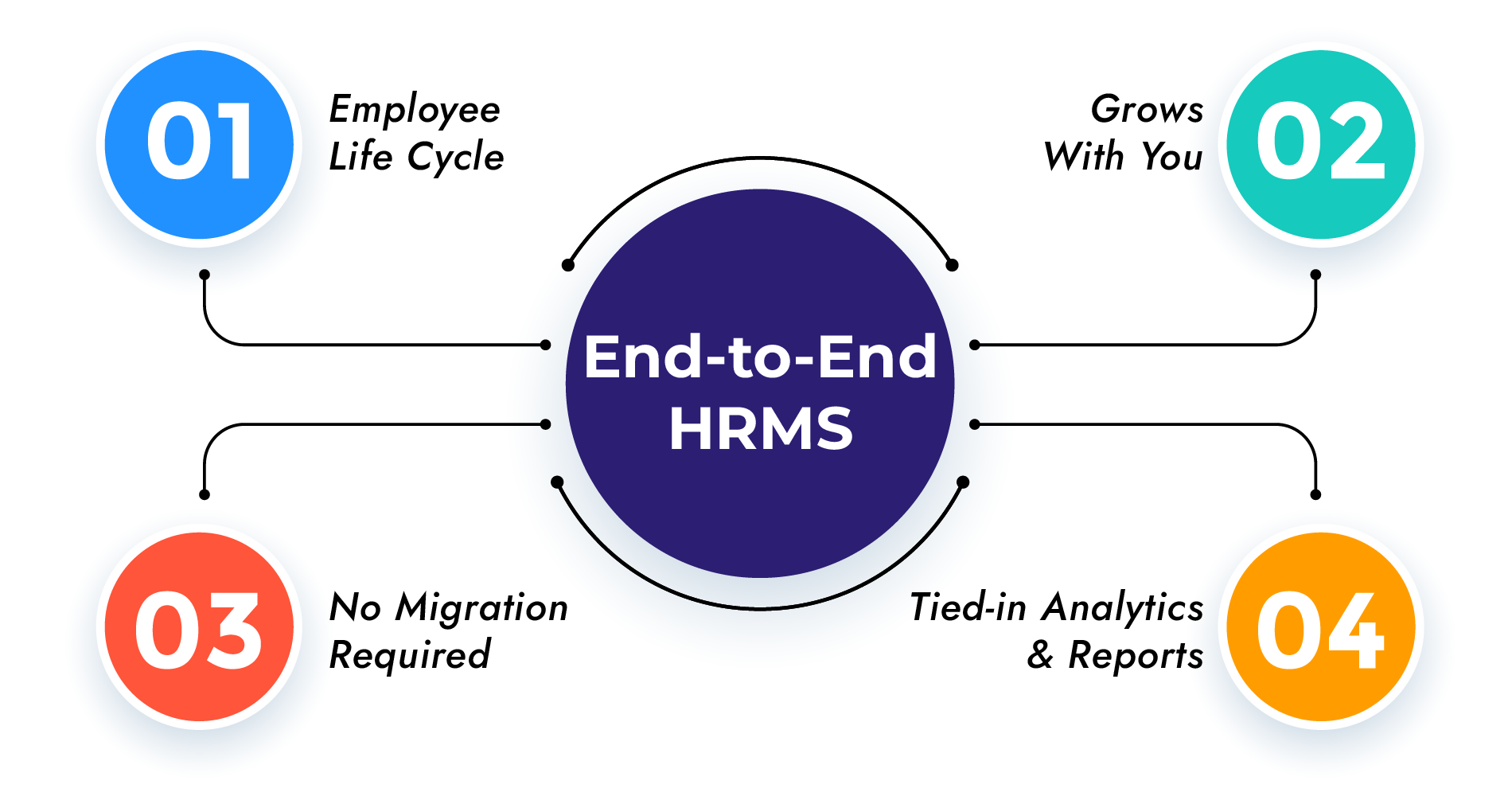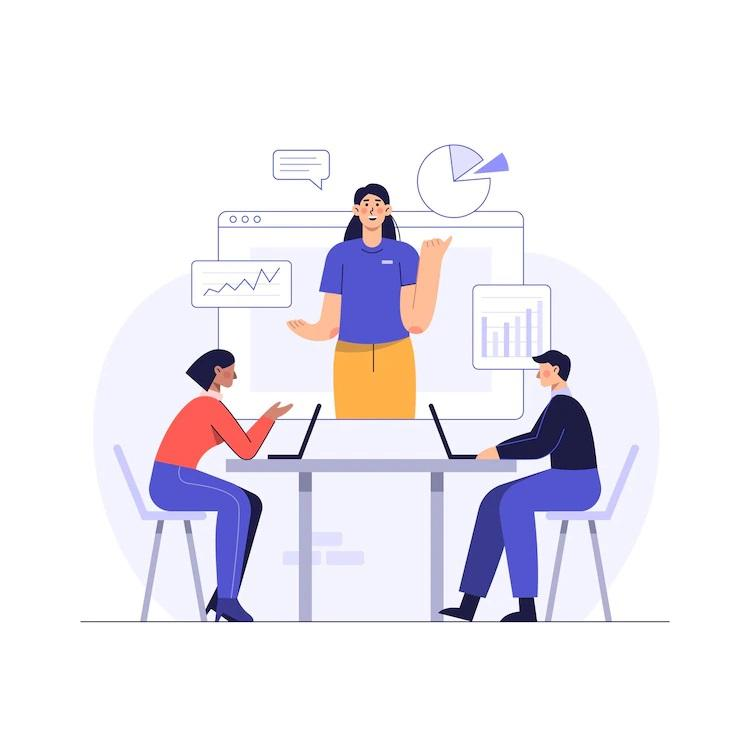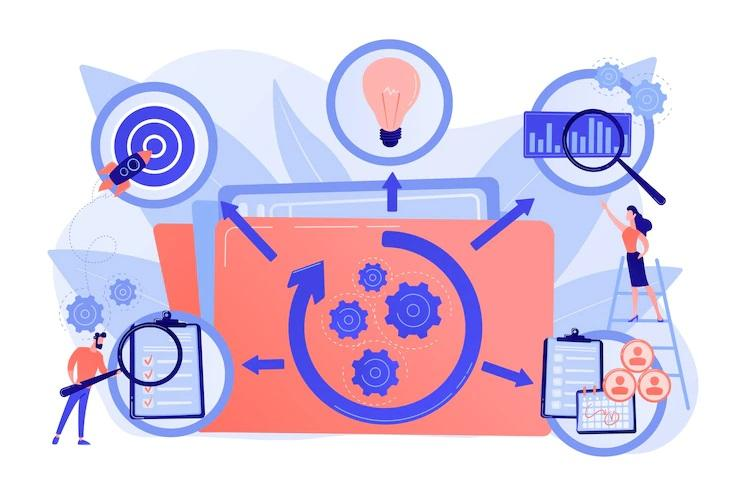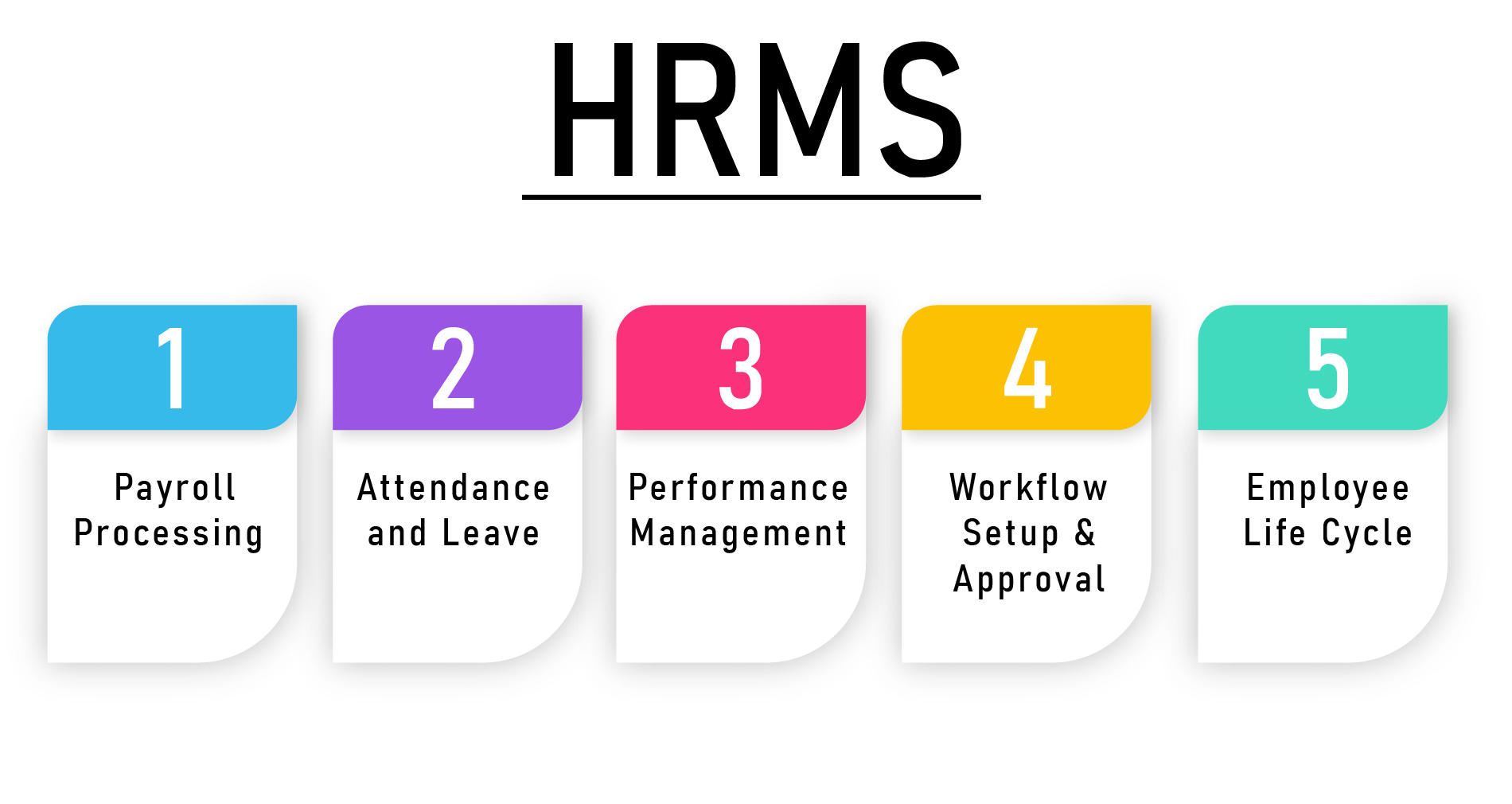“What is the best method for employee appraisal?”
We are sure you might have heard about CAGR (Compound Annual Growth Rate) in terms of investment and market. But did you know that CAGR can also be applied to HR Activities and Employee Appraisal. How? Well, that is exactly what we are going to go over in this blog!
What is CAGR?
CAGR or Compound Annual Growth Rate is the rate at which your employee grows in a year. In Simpler words, CAGR shows the growth your employees have made over the past year.
What are the benefits of CAGR?
-
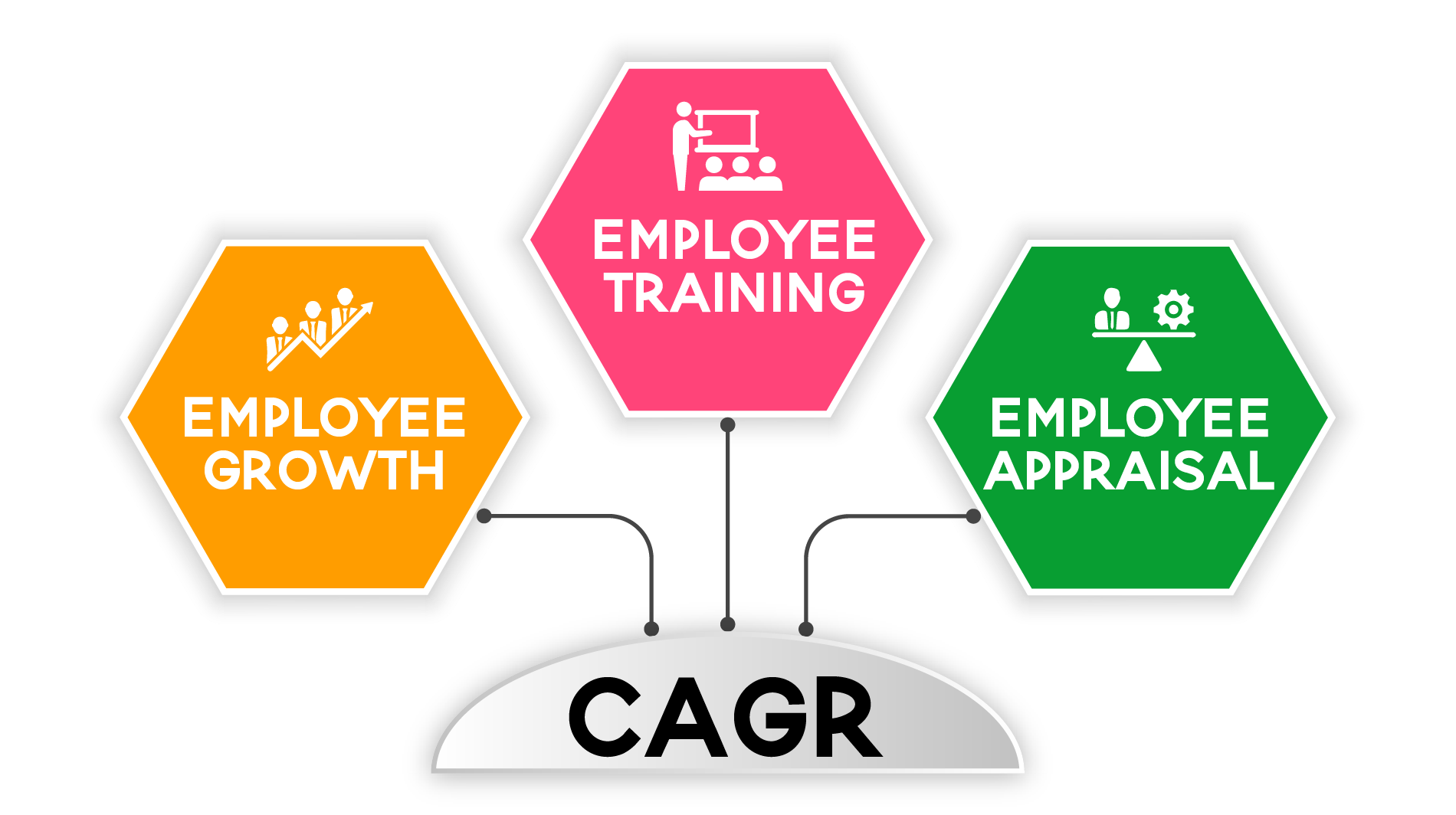
-
Employee Growth
Tracking the CAGR (Compound Annual Growth Rate) of your employees helps you understand their growth better. As it shows the annual “growth” rate of the employees you can compare the growth with other employees or past performances. This allows you to motivate employees to do even better or provide them with training if required. Tracking employee growth through CAGR is important as organisations have a review/ appraisal once a year and CAGR is the perfect tool to analyse annual performance. Spine HR Suite has an automatic CAGR calculator built in which calculates the CAGR of the given employee in an instant. You can also access reports and graphical representations of the performance.
-
Employee Training
Tracking the Compound Annual Growth Rate (CAGR) of your employees also lets you know if any of your employees require training. The aim of using the CAGR technique is to analyse the annual growth and compare it to past years (generally). If the performance is better than last year, there has been positive growth and the employee is eligible for appraisal. But if the growth is not positive, employees might require motivation in the form of training. A positive CAGR also points towards efficient training methods over the last year.
-
Employee Appraisal
We already know how important employee appraisal is. If not, you would want to read Why is Performance Appraisal necessary in an organisation? Appraisal is usually a form of motivation for employees. A good appraisal system ensures that employees tend to grow and the organisation retains its employees. Tracking CAGR is the most efficient way of employee appraisal as it provides all the details of the past year’s performance in a summarised manner. Of course, you can get detailed information as well.
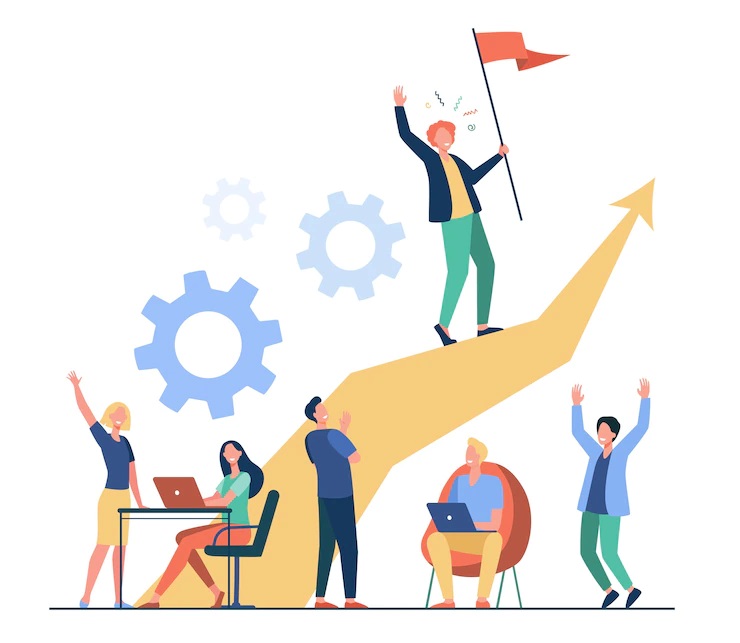 In conclusion, CAGR i.e Compound Annual Growth Rate is arguably the most efficient tool of employee appraisal. It also aids in employee training selection and nomination. Tracking employee growth is also now extremely easy with the Cagr Calculator!
In conclusion, CAGR i.e Compound Annual Growth Rate is arguably the most efficient tool of employee appraisal. It also aids in employee training selection and nomination. Tracking employee growth is also now extremely easy with the Cagr Calculator!
If you are looking for an HR System which allows tracking and calculating of CAGR, Spine HR Suite is what you are looking for!

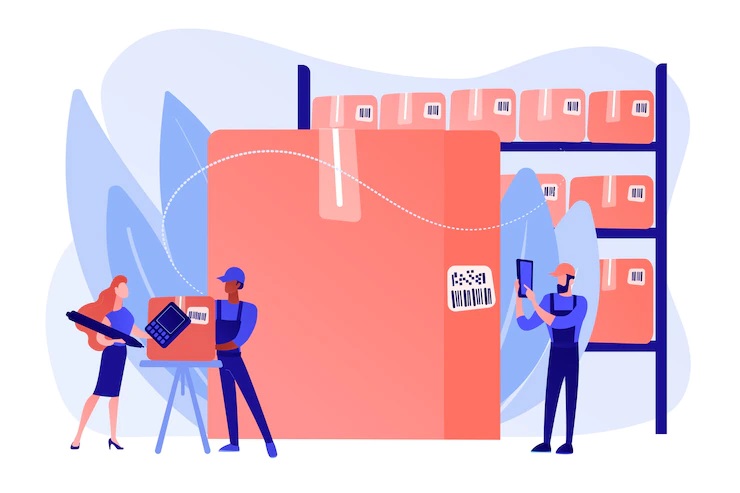
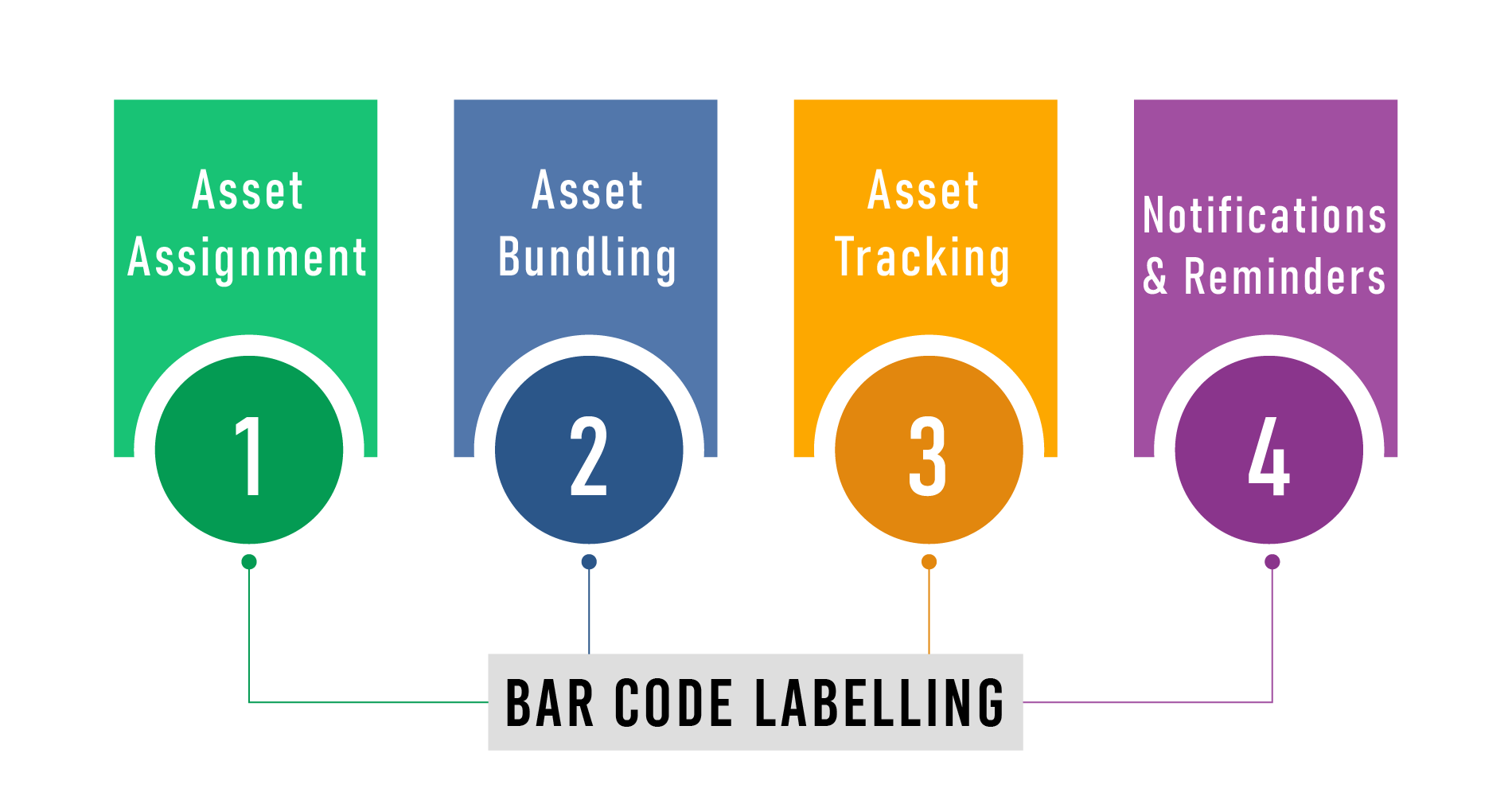 Asset Assignment
Asset Assignment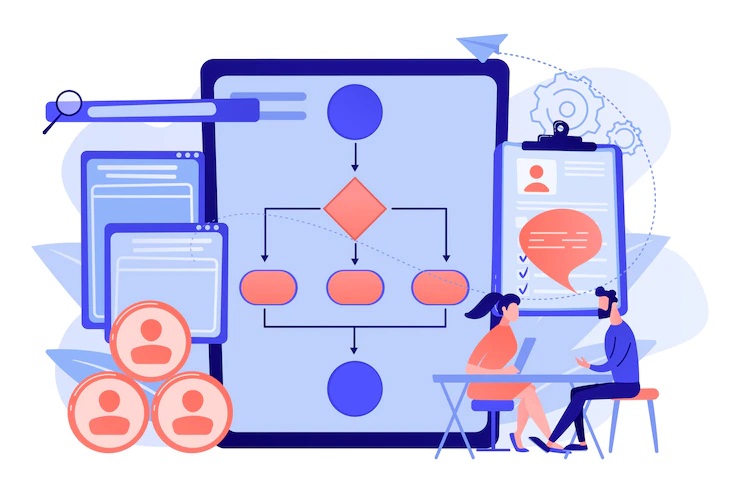
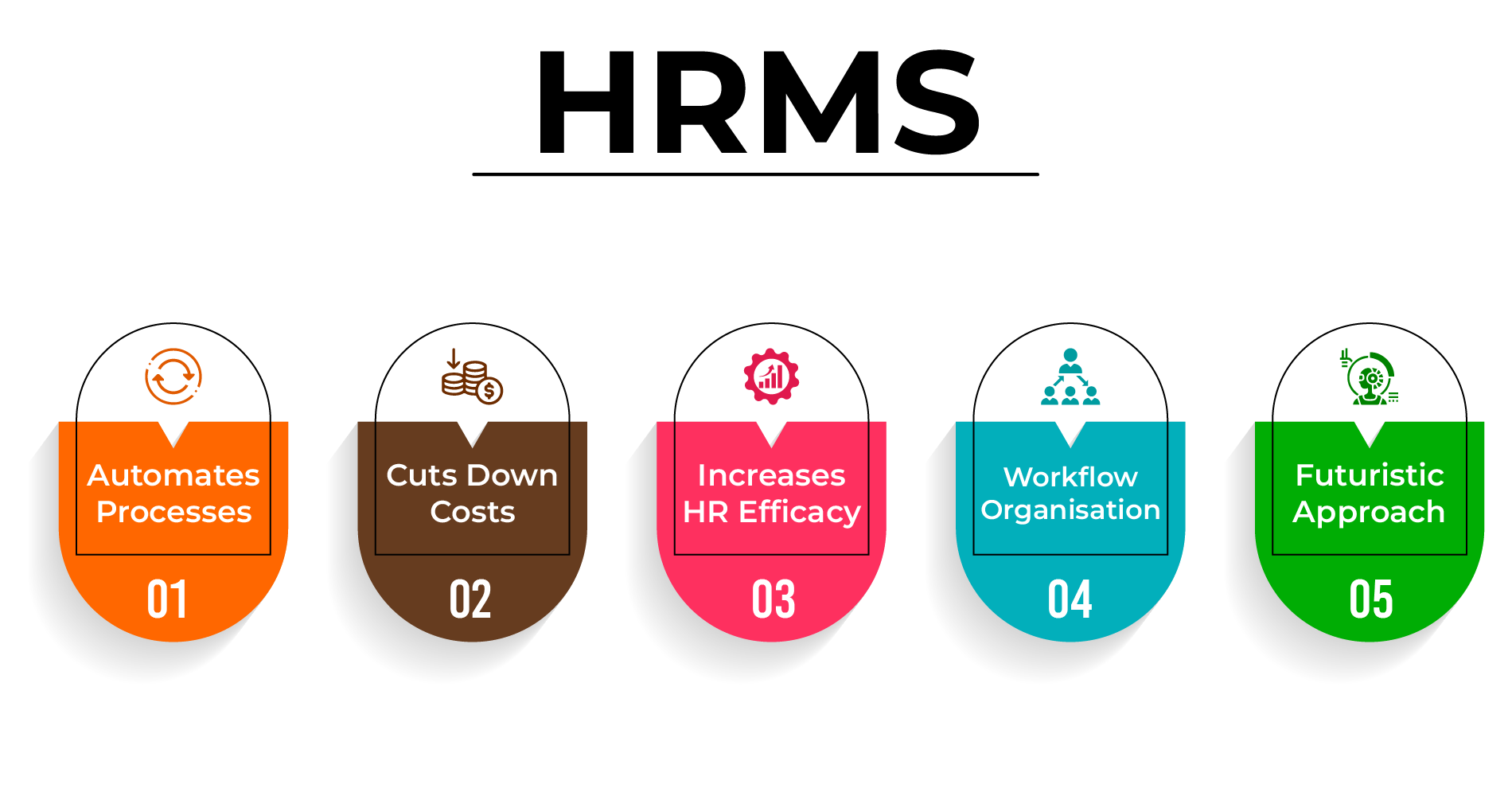 Automates Processes
Automates Processes